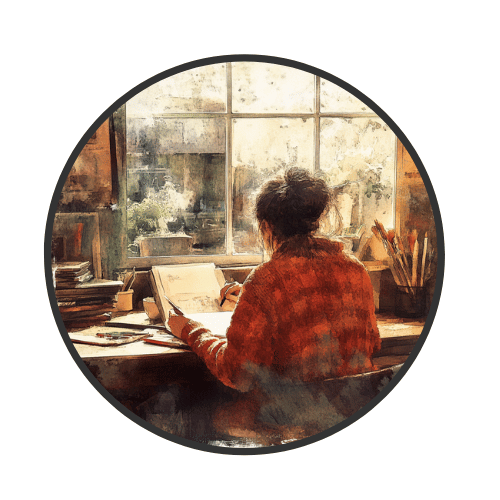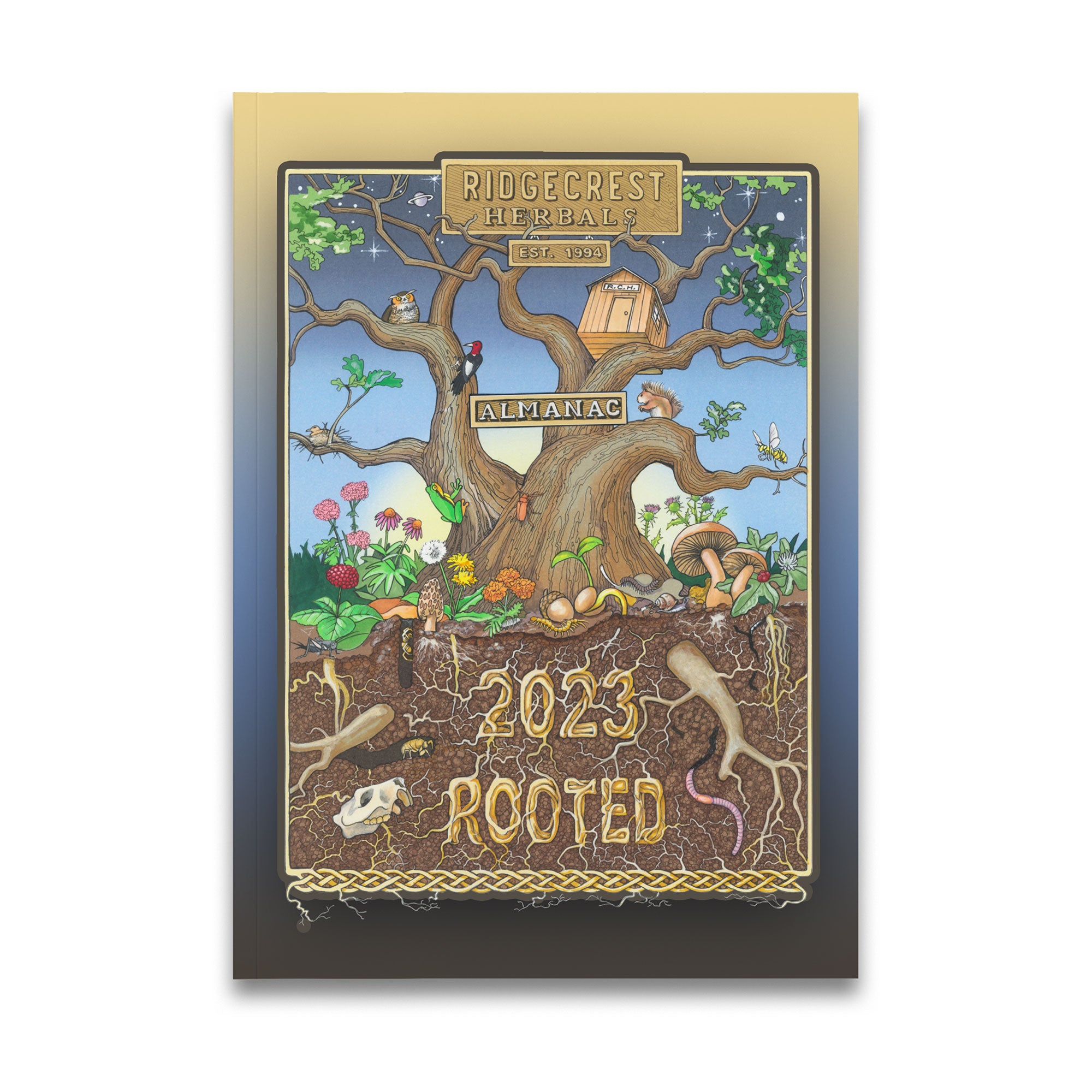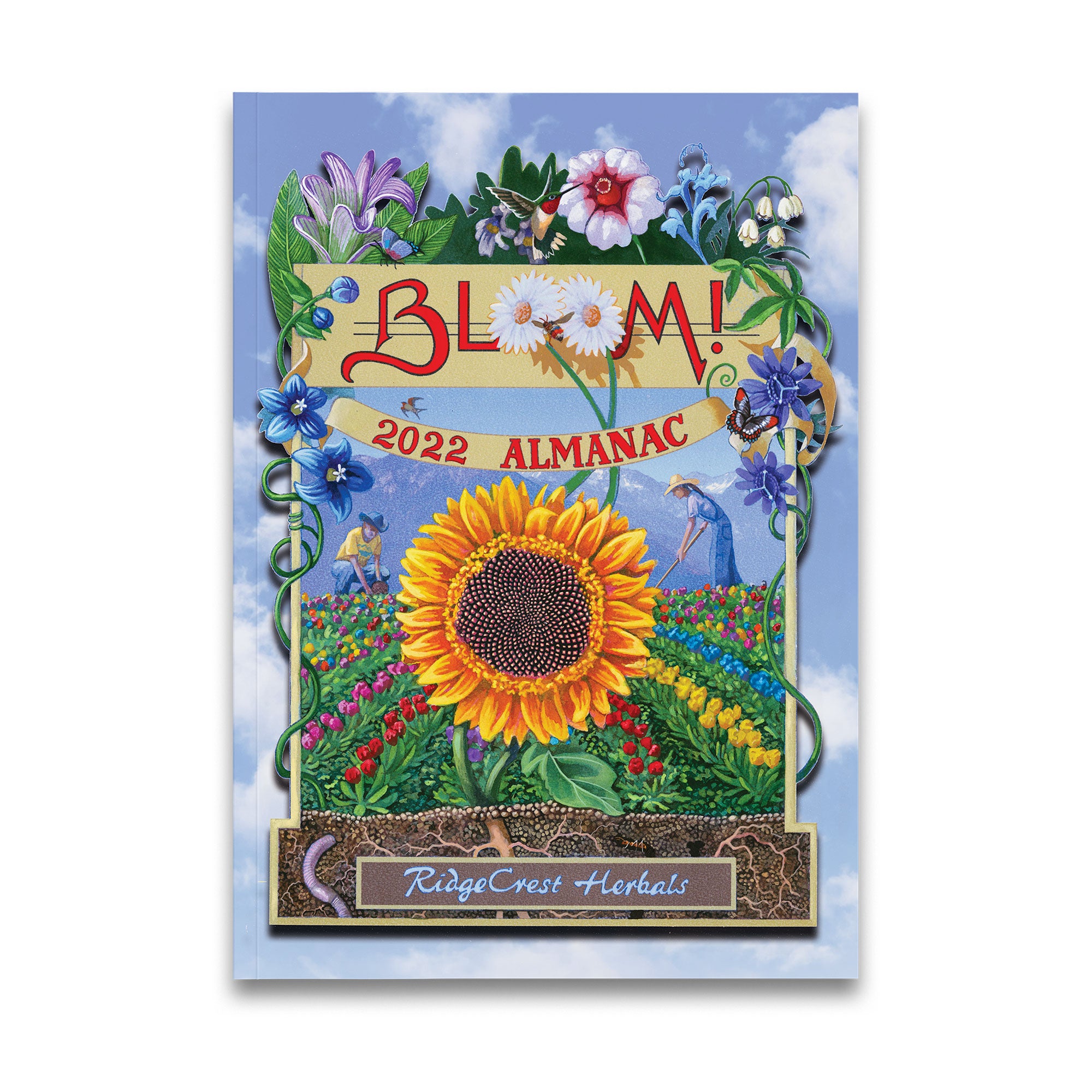Art is for everyone. It’s something anyone with a small bit of time and some dedication can learn. In its simplest form, it is just shapes. If you can draw a line, square, circle, oval, rectangle, or triangle, you’re already ready to start (steady hands nor experience required). Things always seem a lot more complicated than they are. Like Publilius Syrus said, “Practice is the best of all instructors.” Below we are going to learn how to draw an adult human face, exploring some of the unique features, tips, and tricks that, hopefully, simplify the process.
Step 1:
Draw a soft circle. You can trace something circular, or you can draw one by hand. It doesn’t need to be perfect. I like to draw over my circle a few times in a circular motion. Practicing this helps you to draw circles that are more round.
Step 2:
Draw a vertical line in the center of the circle that goes from the top of the circle and extends below it (by about ¾ of your circle). From each side of your circle, draw a curved line that meets the vertical one at the bottom (gives it an egg-shape). Draw a soft line horizontally (the midline) that touches the bottom of the circle.
Step 3:
Referencing the vertical line, and below the midline, divide the bottom of the face in half with a soft horizontal line. Above the midline, divide the face in half with a soft horizontal line.
Step 4:
Draw a soft elongated hexagon shape for the eyes. You can draw your eyes by dividing the midline into five sections. Your eyes will fit in the “2” and “4” sections on the midline (the midline dividing the eye in half). Fun fact: the width of the face is about five eyes wide. The space in between the eyes is the width of one eye.
Step 5:
Draw your nose. Fun fact: the width of the nose fits in between your two eyes. With that in mind, draw three very soft, overlapping circles, the middle one being larger than the other two, all of which sit above the nose line.
Step 6:
Draw the line for your mouth. Fun fact: the edges of the mouth sit in line with the center of the eye on either side. The distance between the lower lip and chin is also the width of one eye. If you want to add some character, you can angle or curve this line slightly (grin, smile, frown, etc.).
Step 7:
Draw the eyebrows. Eyebrows sit about halfway between the hairline and the midline. Draw a soft horizontal line across here to serve as a guide for your ears. This is where you can add some flare. Shaping or angling eyebrows add a lot of expression to the face.
Step 8:
Draw your ears. Fun fact: the top of the ears vertically extend from the eyebrow down to the bottom of the nose. They are generally a horizontally squashed “C” or half-heart shape.
Step 9:
Draw the hair. The hairline starts above the halfway mark. We often think of hair as individual strands, but it is drawn in blocks. For the hairline, you can choose a widow’s peak (“V” shape), a curve, upside-down “V,” etc. The lines that extend from here frame the face. For the top of the hair, starting close to the center, you draw lines and extend them around the oval, not touching it and leaving some space (implies volume). Adding texture to hair is as simple as adding more curves, or motion, to your lines as you draw them.
Annnnd those are the VERY #basic tips for drawing a face (limited space = restrictions). That said, I put together a small video that demonstrates the above steps + adds more detail for a more complete piece. You can find out more by visiting www.youtube.com/rcherbals. Happy drawing!








